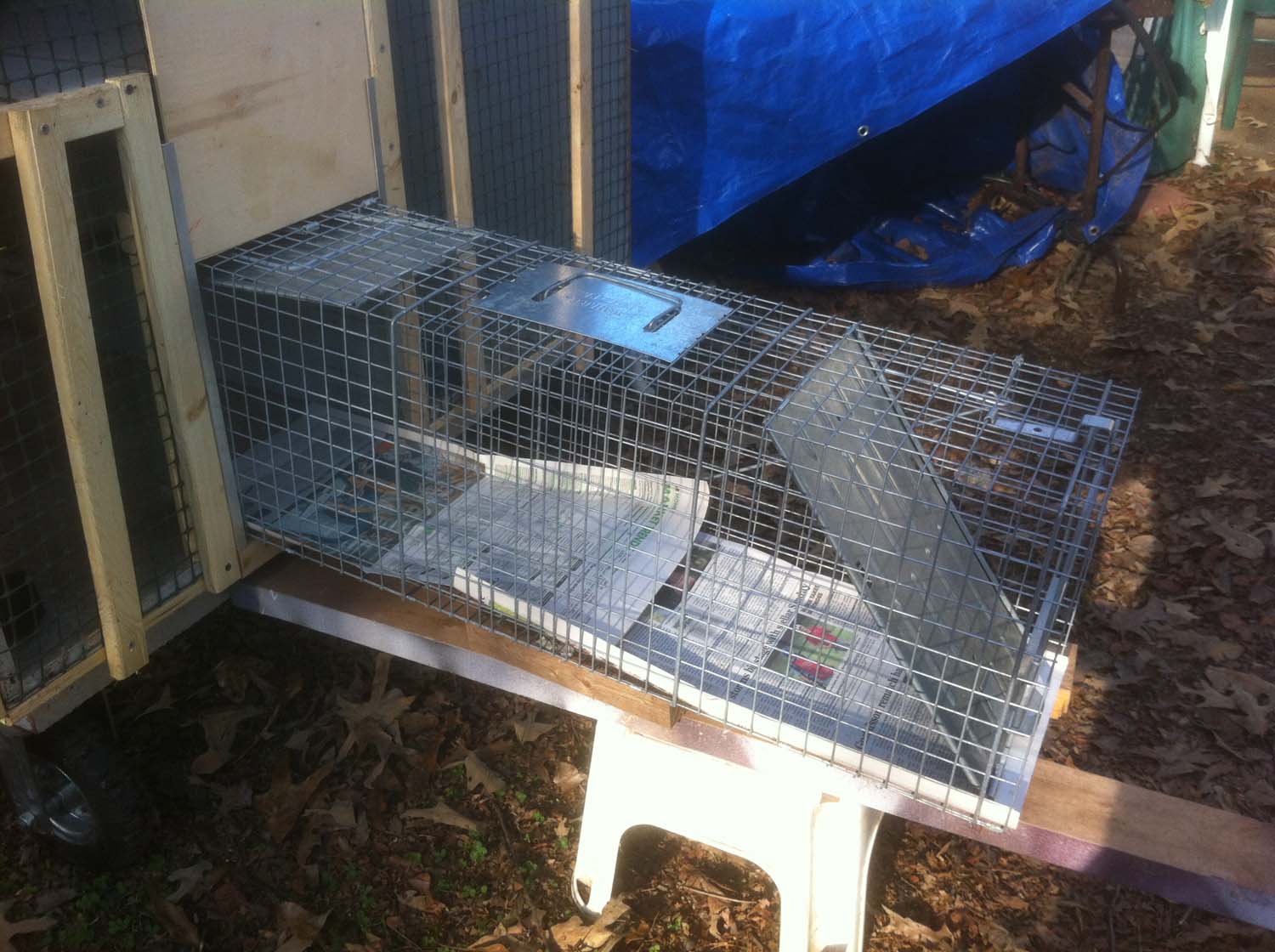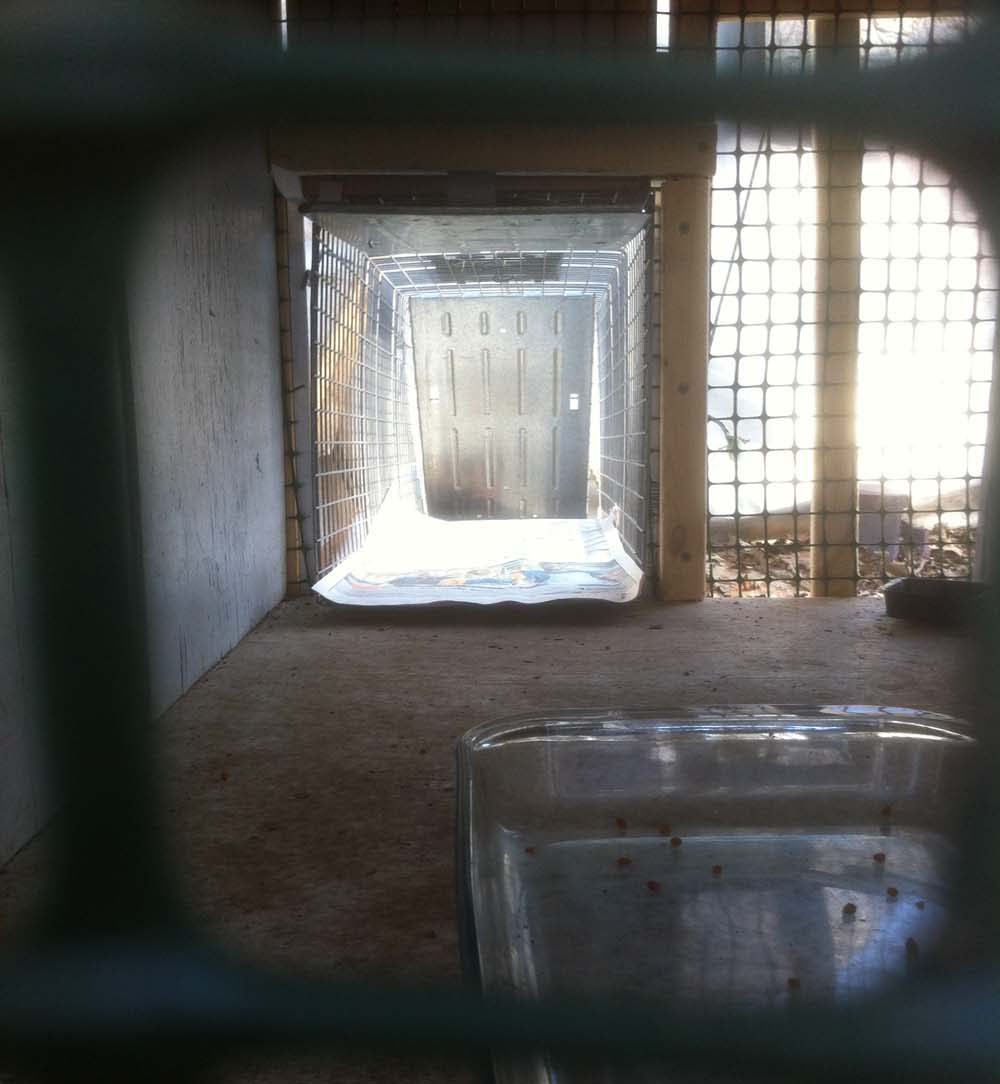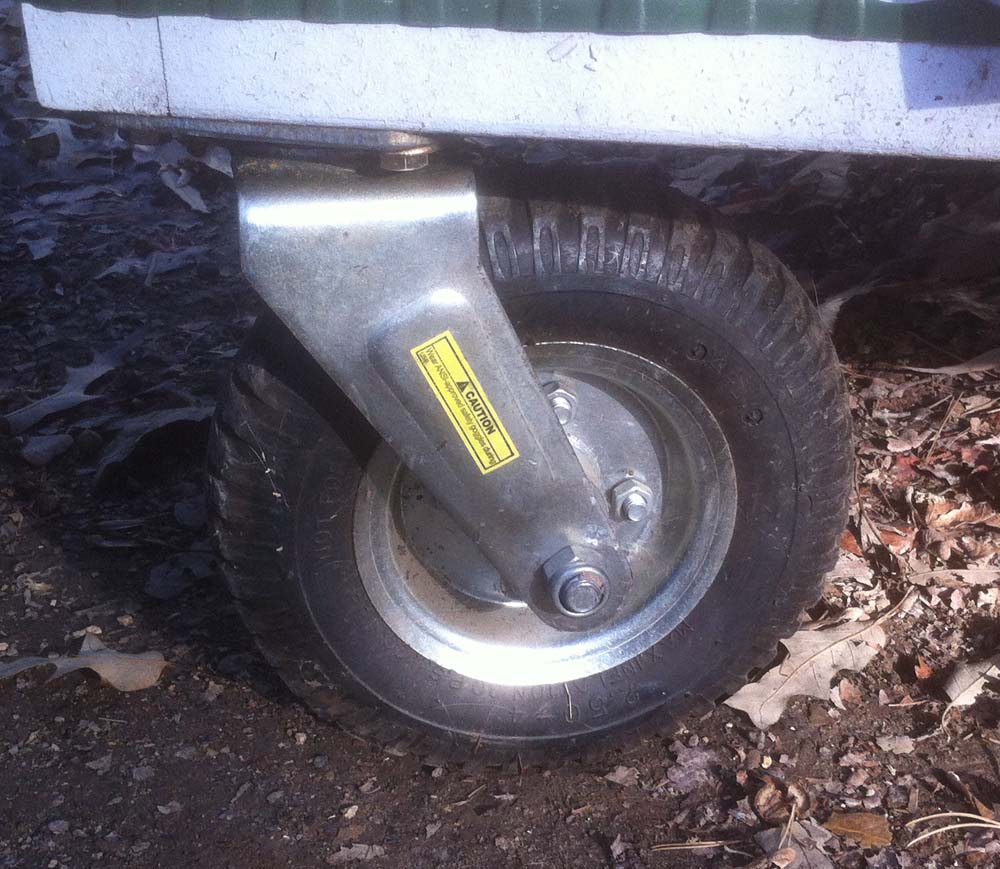|
|
|
|
|
About Jim |
|
|
Jim Powell is a broadcaster
who has spent many years in the radio and television industry as well as
producing documentaries, corporate television and commercials. He is
also a Certified Video Engineer (SBE).
For more, go to: JimPowell.com |
|
|
His first experience with
cats was during his childhood on a farm in Northern Kentucky. He
said, "My sister, Nancy, counted 30 cats on our farm during one high
litter event. Most of them stayed. We never had a problem with
mice, rats or other small rodents." |
|
| It was only recently, about
4 years ago, that he began interest in feral cats in his neighborhood with
a kitten which was dropped. He and his wife, Charlotte, started
taking care of the cat providing food and shelter. Then....she had
kittens. Beautiful! Then...she had more kittens...Well!? |
| Then they found out about the Spay
and Neuter Clinic which helped them stem the tide of cats. |
| At this writing, Jim says, "It's
difficult to say how many cats come through our yard during a day.
Many of the ones neutered have either died, been adopted by neighbors or
gone to other colonies. But we have several still visiting us. |
| At first, the neighbors were
suspect about the feeding station, but now understand that it keeps the
neighborhood cats from turning over trashcans, begging at their back doors
and keeps the rodents in check. |
| Do the cats stay in the
yard? During the cold months, they tend to stay close to us in a warming station
that I built, however when warm weather starts, they do
what cats normally do, prowl. Looking and hunting for pray.
It's instinctive. But, they're not looking for food, it's a sport
with them. |
| Cats are nocturnal usually
staying up all night, however the cats that stay in or close to our
backyard are usually found sleeping at night. They have gotten into
a daytime routine. |
| Thanks to the Spay and
Neuter Clinic and the Alabama Pet Adoption Society. They're a great
help. |
| NOTE: Be aware of your
neighborhood and city ordinances concerning communicty cats and helping
them. |
| Do you have
neighborhood or feral cats that you want to help? Alley Cat Allies
has some great information and tips. |
| Go to:
http://alleycat.org
|
| |




